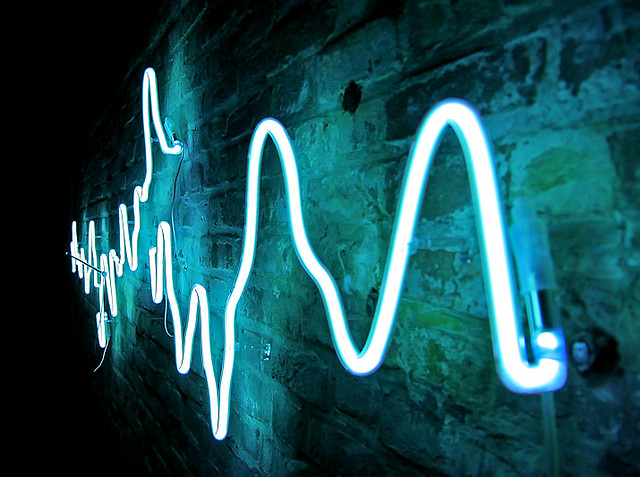As most of you may know P300 is one of the most studied and used event related potentials (ERP) in brain computer interfaces (BCI). This potential is usually elicited by the oddball paradigm in which series of low-probability target items are mixed with high-probability non-target ones. The person carrying out the BCI task is asked to attend low probability targets (picture, letter…), when these targets appear a low voltage positive deflection with latency around 300 milliseconds will be measured in the EEG. Here we have some quick tips to successfully process and detect P300 ERPs in your BCI experiments. If you want to learn more about it I recommend you to have a look at this book.
1. As always, the first and most important step is to define your protocol and experimental campaign according to the goals of your study. Take some time to define:
- The targets you are going to use.
- Inter stimulus interval (target) time (ISI).
- Number of repetitions.
- Ratio between attended and unattended targets.
- Electrode position.
P300 is a widely studied ERP and therefore it won’t be difficult for you to find previous studies and papers that will explain each of the points above, helping you to design your protocol and campaign.
2. Timing constraints are crucial as P300 response is time-locked following attended targets. Make sure that triggers that mark occurred events latency is a few milliseconds and its variability low enough to be able to successfully detect the P300 response.
3. Make sure that the data you are recording is ‘good-clean data’. Take your time to correctly place the electrical reference and check that electrodes make good physical contact. Use the quality check\impedance tools that your EEG device provides or simply have a look at the EEG streaming to check it looks beautiful!. This will save you a lot of problems and worries while analyzing your data. Try to follow Hansen’s Axiom: There is no substitute for clean data.
4. Once you have recorded your data it’s time to process it. Your EEG measurements will be a compound of background brain activity, electrical noise, artifacts and the ERP itself. Filtering will reduce the undesired recorded signals increasing the signal to noise ratio. For P300 detection band pass filters typically between 0.1 and 30 Hz are commonly used. It is very important to study the filter you will be using and correctly apply it as they can introduce delay and substantially distort the recorded P300.
5. To get rid of recorded artifacts (most relevant ones derived from movement and blinks) it is always a good practice to implement in your processing stages methods for movement detection and blink correction. The use of active electrodes to reference your data can also improve the signal to noise ratio and solve hemispheric differences.
6. At this point we assume that your P300 ERP has been enhanced and is ready to be analyzed. Because ERPs are embedded in a larger EEG signal, almost all ERP studies rely on some sort of averaging procedure to minimize the EEG noise. To do so the first step is to split your recording into epochs of time-fixed duration. A good practice is to individually analyze these epochs before the averaging, rejecting those in which artifacts were detected.
7. It’s time for plotting the results, To visualize the P300 evoked potential the most used technique is to plot the attended versus unattended stimulus averaged epochs. A positive peak at 300ms will appear in the attended averaged epochs.
8. To detect the P300 response there are several classification and machine learning techniques. Some of them such as linear discriminant analysis (LDA) or support vector machine (SVM) are briefly described and compared in this paper.
Please feel free to comment this post sharing your opinion about best practices for P300 and ERP in general processing and detection.
